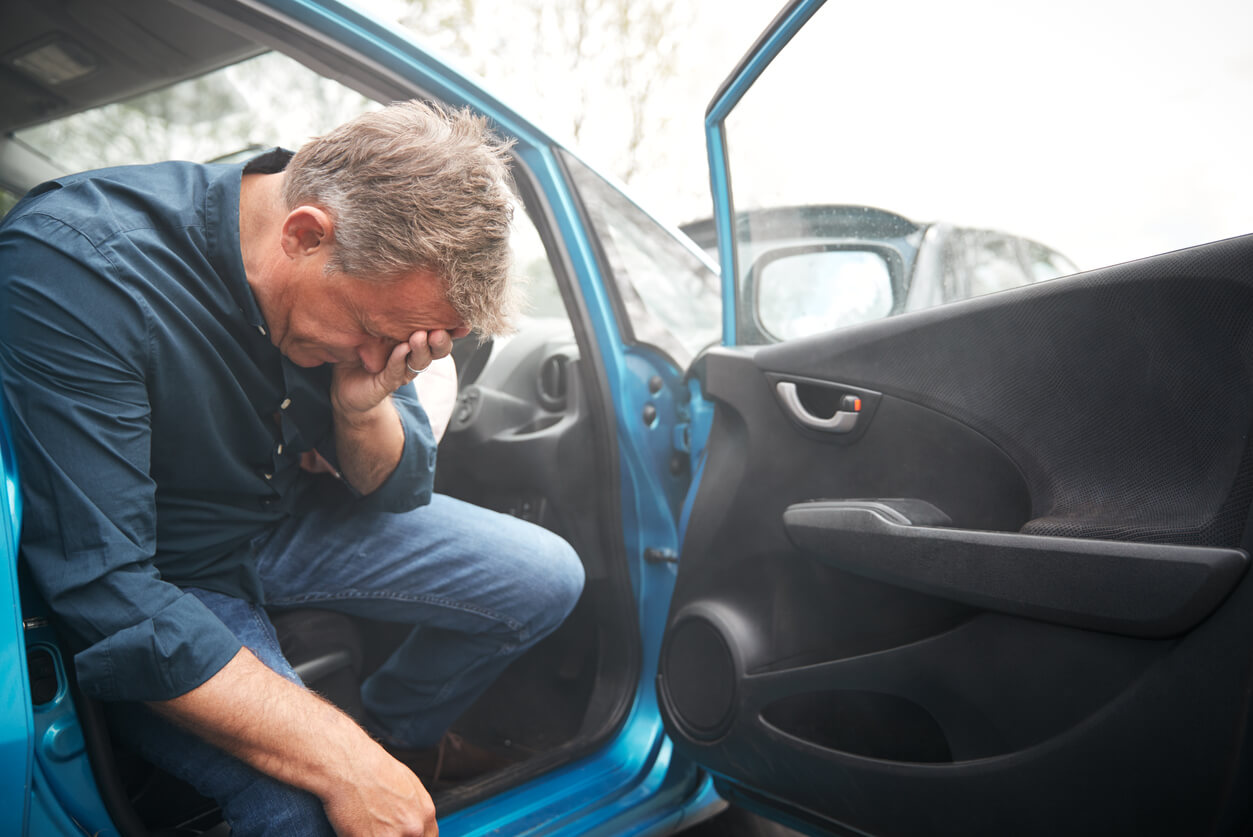Personal injury law involves a complex set of laws that can be very difficult to understand. This is unfortunate because, should you be involved as an injured party in a personal injury action, even a basic understanding of the related laws can be helpful in navigating the process and managing your expectations. For instance, do you know what it means that California is a pure comparative negligence state? We will discuss this more here as it can play a critical role in how your personal injury claim turns out.
What Does It Mean that California is a Pure Comparative Negligence State?
Negligence is basically defined as an act or failure to act when you owe a legal duty to someone else. In order to recover in most personal injury claims, you must be able to prove that the person responsible for causing your injuries was negligent. In order to establish negligence, you must show that the other person owed you a legal duty to act or refrain from acting in a certain way and that:
- This duty was breached
- The breach of the legal duty resulted in your injury
- The breach of duty was the proximate cause of the injuries (put otherwise, it was foreseeable that the breach of the duty would lead to injury)
- You suffered actual damages as a result of the other party’s breach of duty (this may include things like medical expenses, lost wages, loss of future income, and pain and suffering.
The fact that California is a pure comparative negligence state could have a significant impact on your ability to recover pursuant to your personal injury claim. Basically, pure comparative negligence refers to the degree of fault of each party responsible for causing an accident. Sometimes, only one person is the cause of an accident. In other cases, the actions of multiple parties contributed to an accident occurring. Most states still allow a person to at least partially recover compensation even if he or she is responsible, in part, for causing an accident. Some states do not permit recovery at all for a person partially responsible for causing an accident.
In a pure comparative negligence state, each party is held responsible for his or her role in causing damages. Courts assign a percentage of fault to each party and each party’s compensation award is reduced in proportion to his or her percentage of fault. Even a party who is found to be 99% responsible for causing an accident can still recover. That person, however, would only receive 1% of the damages awarded.
In order to determine fault, the totality of the circumstances surrounding an accident will be reviewed. Evidence as to fault will be presented. In order to help substantiate your personal injury claim, it is a good idea to begin gathering evidence as soon as possible after an accident occurs. This may include getting witness information and statements for those who saw the accident occurred. It may also include getting copies of accident reports and taking pictures at the scene of the accident.
Personal Injury Attorneys
The last thing you want to do after being injured in an accident is to try to unravel a complex set of laws. Leave that to the knowledgeable attorneys at SoCal Injury Lawyers. Contact us today.

